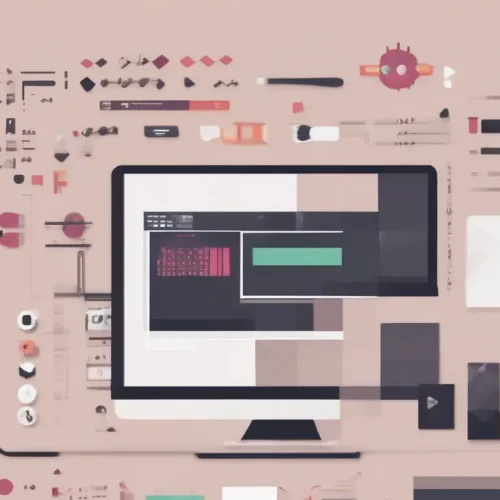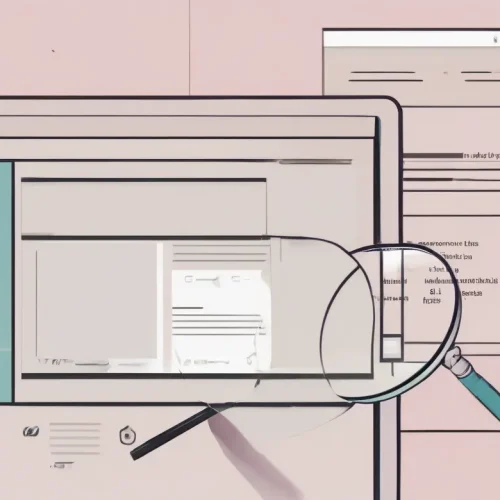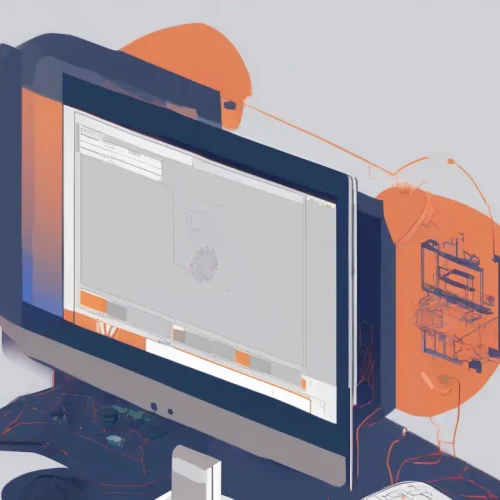What Is the Difference Between UI and UX Design? An In-Depth Look
In the world of digital product design, the terms User Interface (UI) and User Experience (UX) are often used interchangeably. However, they represent two distinct yet fundamentally interconnected disciplines. Understanding the difference between UI and UX is not just academic; it is crucial for creating products that are both beautiful and effective, delighting users and driving business success. This guide will explore the nuances of each field, their collaborative relationship, and why mastering both is essential for a winning digital strategy.
Decoding User Experience (UX) Design: The Science of Feeling
User Experience (UX) design is the holistic process of enhancing a user’s satisfaction with a product by improving its usability, accessibility, and the pleasure provided in the interaction. It’s not about how a product looks, but how it feels and functions. A UX designer is an architect of the user’s journey, meticulously crafting every step to be as intuitive and seamless as possible.
The Core Goal of UX Design
The primary goal of UX is to solve a user’s problem. It’s an analytical and research-driven field focused on understanding user behaviors, needs, and motivations. A UX designer’s work is to bridge the gap between business goals and user needs, ensuring the final product is not only functional but also logical and easy to navigate. A great UX is invisible; users don’t notice it because they never get stuck or frustrated.
The UX Design Process: A Methodical Approach
UX design is a structured process that involves several key phases:
- User Research: This is the foundation. UX designers conduct surveys, interviews, and market research to build empathy and gain deep insights into the target audience. They create user personas—fictional characters representing different user types—to guide their design decisions.
- Information Architecture (IA): Designers organize and structure content in a logical way. This includes creating sitemaps and navigation systems that help users find information effortlessly.
- Wireframing: A wireframe is a low-fidelity blueprint of the product. It outlines the basic structure and layout of pages and screens, focusing on functionality and user flow rather than aesthetics.
- Prototyping: Designers create interactive, high-fidelity mockups of the product. These prototypes allow stakeholders and users to experience the product’s flow and functionality before any code is written.
- Usability Testing: Real users are observed as they interact with the prototype. This critical phase helps identify pain points, validate design choices, and gather feedback for iterative improvements.
Key Principles of Effective UX
Great UX design is built on several fundamental principles:
- Usable: The product must be simple to understand and operate, even for novice users.
- Equitable: The design should be useful to people with diverse abilities and backgrounds, ensuring accessibility for all.
- Enjoyable: The experience should create a positive connection with the user, making them want to come back.
- Useful: The product must fulfill a genuine need and provide value to the user.
Unpacking User Interface (UI) Design: The Art of Appearance
User Interface (UI) design is the aesthetic counterpart to UX. It focuses on the visual and interactive elements that users engage with directly. UI is about translating the structural foundation laid by UX into a tangible, visually appealing, and interactive experience. If UX is the science of feeling, UI is the art of appearance and interaction.
The Core Goal of UI Design
The primary goal of UI design is to create a consistent, beautiful, and intuitive visual language for the product. UI designers are responsible for every screen, button, icon, and visual element the user interacts with. They ensure that the interface not only looks good but also visually communicates the path that the UX designer has laid out.
The UI Design Process: Crafting the Visuals
UI design also follows a structured process that complements the UX workflow:
- Visual Design & Branding: UI designers establish the product’s visual identity. This includes creating color palettes, selecting typography, and designing logos that align with the brand.
- Design Systems: To ensure consistency, designers create comprehensive design systems. These are libraries of reusable components (like buttons, forms, and navigation bars) and guidelines that govern their use across the entire product.
- Layout & Hierarchy: They arrange elements on the screen to create a clear visual hierarchy. This guides the user’s eye to the most important information and actions.
- Interactivity & Animation: UI designers are responsible for how elements respond to user interaction. This includes animations, transitions, and micro-interactions that provide feedback and enhance the user experience.
Key Elements of Strong UI Design
Effective UI relies on several critical components:
- Clarity: The interface should be clear and unambiguous. Users should immediately understand the function of every element.
- Consistency: Using consistent patterns, colors, and typography throughout the product creates a cohesive experience and reduces the user’s learning curve.
- Familiarity: Leveraging common design patterns (like a shopping cart icon in the top right) helps users navigate new interfaces with confidence.
- Feedback: The interface must communicate what’s happening. Visual cues, like a button changing color when clicked, confirm the user’s actions.
UI vs. UX: The Key Differences Summarized
While UI and UX are deeply intertwined, their focus and methodologies differ significantly. Understanding the difference between UI and UX helps clarify their unique contributions to product development. Here’s a simple analogy: If a product is a house, UX is the architectural blueprint—the foundation, room layout, and flow. UI is the interior design—the paint colors, furniture, and lighting that bring the space to life.
A Side-by-Side Comparison
- Focus:
- UX: Focuses on the user’s overall journey to solve a problem. It’s about how the product functions and feels.
- UI: Focuses on the product’s visual and interactive elements. It’s about how the product looks and presents itself.
- Goal:
- UX: To create a seamless, logical, and enjoyable experience.
- UI: To create a visually appealing, emotionally engaging, and intuitive interface.
- Process:
- UX: Involves research, analysis, wireframing, and testing. It comes first in the product development process.
- UI: Involves creating visual assets, style guides, and interactive elements. It follows the UX phase.
- Deliverables:
- UX: User personas, journey maps, wireframes, and prototypes.
- UI: Mockups, design systems, style guides, and animation prototypes.
The Indispensable Partnership: How UI and UX Work Together
The debate of UI vs. UX is misleading; it’s not a competition but a crucial collaboration. A product with a beautiful UI but a confusing UX will ultimately fail because users won’t be able to navigate it. Conversely, a product with flawless UX can be undermined by a poor, unappealing UI that fails to build user trust and engagement. The most successful products are the result of a seamless partnership between UX and UI designers from start to finish.
In a typical workflow, the UX designer first maps out the user journey and creates the wireframe blueprint. Then, the UI designer steps in to flesh out the visuals, applying color, typography, and interactive elements to bring the wireframe to life. This process is iterative, with both designers providing feedback to refine and perfect the final product.
Why This Distinction Matters for Your Business
Investing in both expert UI and UX design is not an expense; it’s a strategic investment in your product’s success. A strong UI/UX synergy leads to higher customer satisfaction, increased user retention, and better conversion rates. It builds brand loyalty by providing an experience that is not only functional but also delightful. In a crowded digital marketplace, a superior user experience enabled by a beautiful interface is a powerful competitive advantage.
Conclusion: Two Sides of the Same Coin
In summary, the difference between UI and UX lies in their focus: UX is the journey, and UI is the destination’s appearance. UX design is the analytical process of making a product functional and useful, while UI design is the creative process of making it beautiful and interactive. Both are essential, interdependent disciplines required to create products that users love and businesses value. By understanding and respecting the unique roles of both UI and UX, you can build digital experiences that are truly exceptional.






